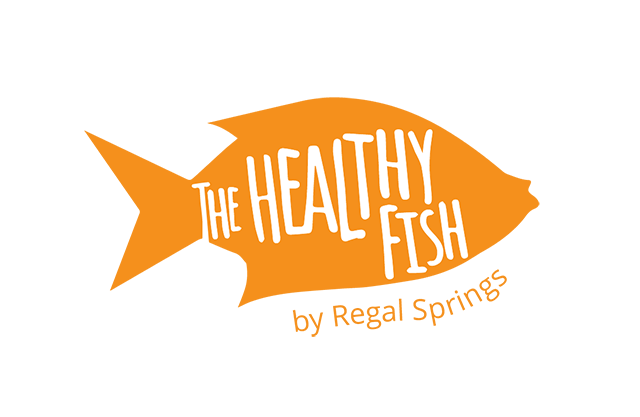Between magazines, blogs and news articles, there are a lot of misconceptions out there about how much fish you should consume. The American Heart Association and the FDA both recommend eating at least two servings per week. But some people are worried that eating too much fish could result in things like the consumption of too much mercury, negative effects on pregnant women or the aggravation of specific health concerns.
Luckily, fish fans needn’t fret. By sticking to certain types of healthy fish, you can safely eat more fish than you think.
Concerned About Mercury?
One of the biggest reasons that people are concerned about regularly eating fish is the fact that some types of seafood contain measurable amounts of mercury. Mercury is a toxic substance that can contribute to illness and neurological disease, and it’s especially dangerous for pregnant women and young children. Fish do not produce mercury on their own, but ingest trace amounts that have leaked into oceans, lakes and other waterways from mercury dumps and burning fossil fuels.
While most types of seafood don’t contain enough mercury to cause any harm, pregnant women, children under six and those who are concerned with their mercury consumption should avoid eating king mackerel, marlin, swordfish, bigeye tuna, or ahi tuna.
Mercury-Free Means All You Can Eat

Luckily, there are plenty of fish that contain little to no amounts of mercury, meaning you can eat fish as often as you’d like without fear of causing harm to you and your loved ones. One of our favorite fish to prepare is Tilapia from Mexico, Honduras or Indonesia. Not only are these Tilapia a healthy source of lean protein and omega-3 fatty acids, but they’re also completely free from mercury. This means that by eating Tilapia, even pregnant women can get their recommended minimum of two servings of fish per week with no risk of experiencing negative health repercussions that are associated with mercury consumption.
Here are the fish and seafood options with the lowest levels of mercury levels:
- Oysters
- Sardines
- Scallops
- Shrimp
- Squid
- Tilapia
- Wild and Alaska salmon
Eating Fish Won’t Negatively Impact Your Body

Some people avoid eating fish on a regular basis because they’re worried that eating fish will increase their cholesterol levels or raise their blood pressure. While fish do contain some cholesterol, they also contain omega-3 fatty acids, an essential nutrient that helps maintain healthy cholesterol levels. In fact, people who eat fish as a primary source of protein tend to have higher levels of good cholesterol. When it comes to blood pressure, omega-3 fatty acids actually can help lower your blood pressure, especially if you choose unfrozen, freshwater fish that hasn’t absorbed any salt from the waters around it.
The experts agree: when it comes to eating fish, don’t worry about limiting your portions or servings. The health benefits of fish far outweigh any possible risks, especially if you’re eating mercury-free fish. So next time you’re at the grocery store, load up that cart with your favorite seafood and enjoy!
Photos: Federico Rostagno / Shutterstock.com, Bejim / Shutterstock.com, Timolina / Shutterstock.com






